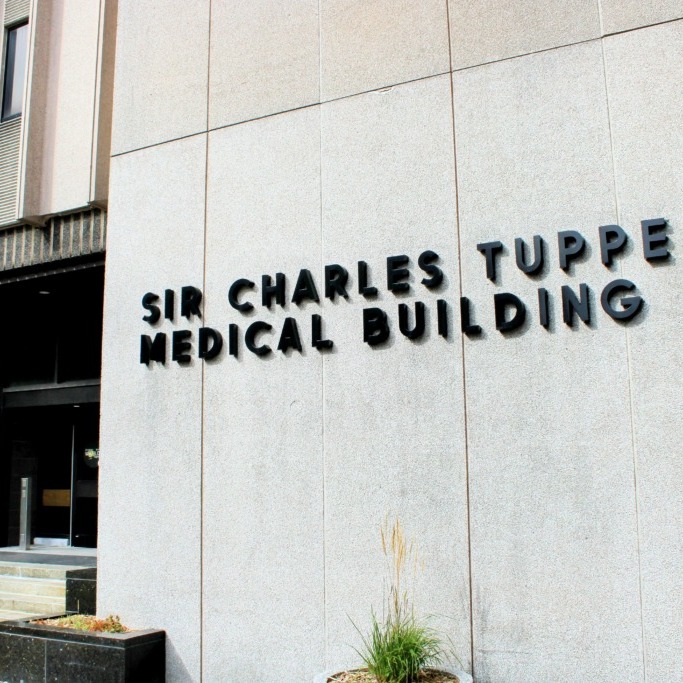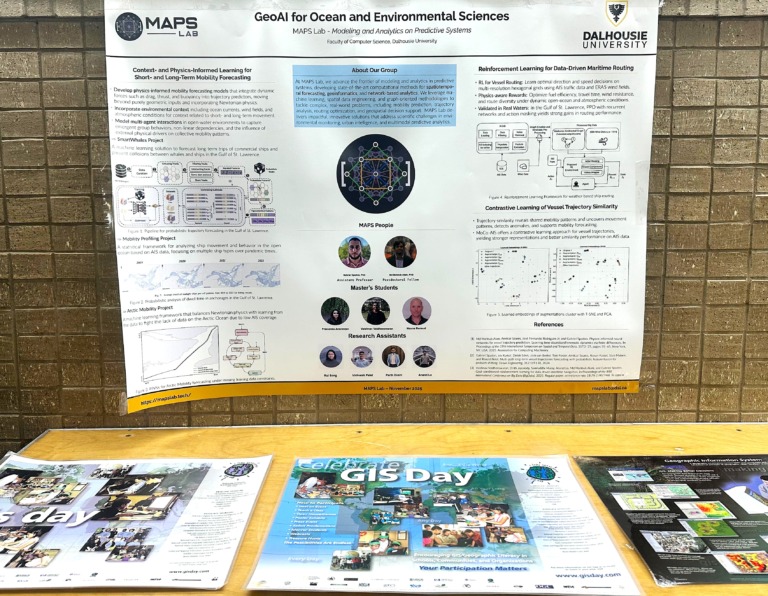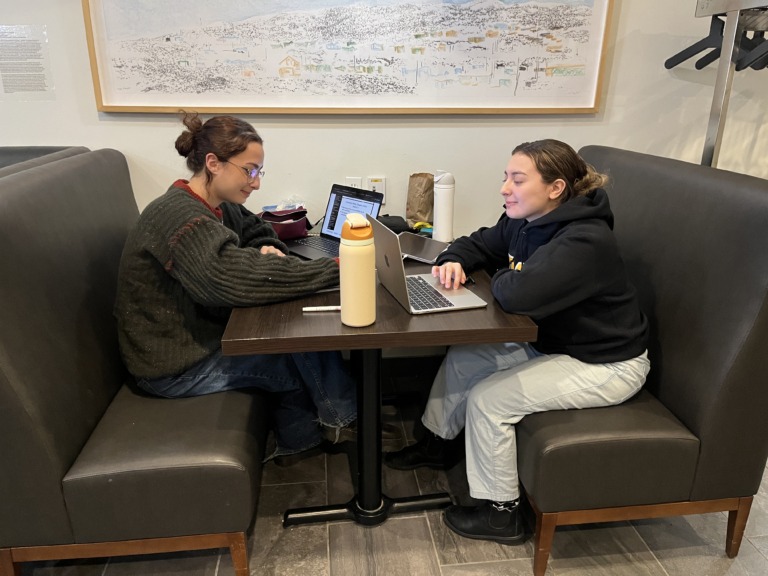
Dalhousie cadaver lab fails inspection, shuts down
Medical students lose access to hands-on anatomy training
Dalhousie University’s cadaver lab has shut down indefinitely due to formaldehyde levels exceeding provincial safety standards, according to an Oct. 6 release from the university’s faculty of medicine.
Cadaver labs allow students to gain practical experience with performing procedures on human corpses, also known as cadavers.
“The test results showed that the formaldehyde levels were no longer compliant with the current guidelines in Nova Scotia,” said Dr. David Anderson, dean of Dalhousie’s faculty of medicine.
“Once we learned of these results, facilities management adjusted ventilation systems to maximize available airflow and re-testing was conducted.”
The anatomy lab underwent air quality testing over the summer. The lab was closed indefinitely, leaving Dalhousie’s medical, dental and physiotherapy students unable to practice on human cadavers.
Repeat testing still showed elevated levels of formaldehyde, according to Anderson, forcing the university to indefinitely pause all use of formaldehyde-preserved material.
Formaldehyde is an odourless chemical used in cadaver labs to preserve bodies from decomposition, allowing students to practice dissection.
In a Sept. 29 email to students enrolled in a fourth-year winter semester anatomy course, Irena Rot, director of anatomy in Dalhousie’s faculty of medicine, said specimens preserved with formaldehyde will not be used this academic year.
“The current ventilation system, unfortunately, is no longer sufficient to support a laboratory environment that meets safety standards.”
The faculty is “working on introducing a new method of embalming and tissue preservation that does not use formaldehyde,” according to Rot’s email.
She says the full transition could take up to two years, meaning most anatomy courses will not return to normal lab instruction until at least 2027. In the meantime, students will continue learning through pre-recorded lab videos, interactive sessions using skeletal material, plastinated specimens and anatomical models.
Annika Nobbe, a third-year dentistry student, says she was shocked to hear the news.
“Learning anatomy and seeing a cadaver is super valuable, especially in dentistry where we work within millimetres,” says Nobbe.
Rot said several donated cadavers have already been prepared using a new chemical solution, and she plans for students in her fourth-year anatomy class to be the first to test the new preservation methods.
The university’s clinical cadaver program — established in 2006 — accepts about 170 cadaver donations each year.
When the lab’s formaldehyde levels were last tested in 2015, they met air quality standards in effect at the time. In 2017, the American Conference of Governmental Industrial Hygienists updated its guidelines, lowering the recommended levels from 0.3 parts per million to 0.1ppm.
Anderson said the long-term goal is to return to using low-formaldehyde specimens and cadaver dissections as a “fundamental part of medical education.”
“We are committed to getting additional information and insight from the expertise of occupational health and safety, and medical professionals about its potential implications and sharing this information with our community as it becomes available.”






